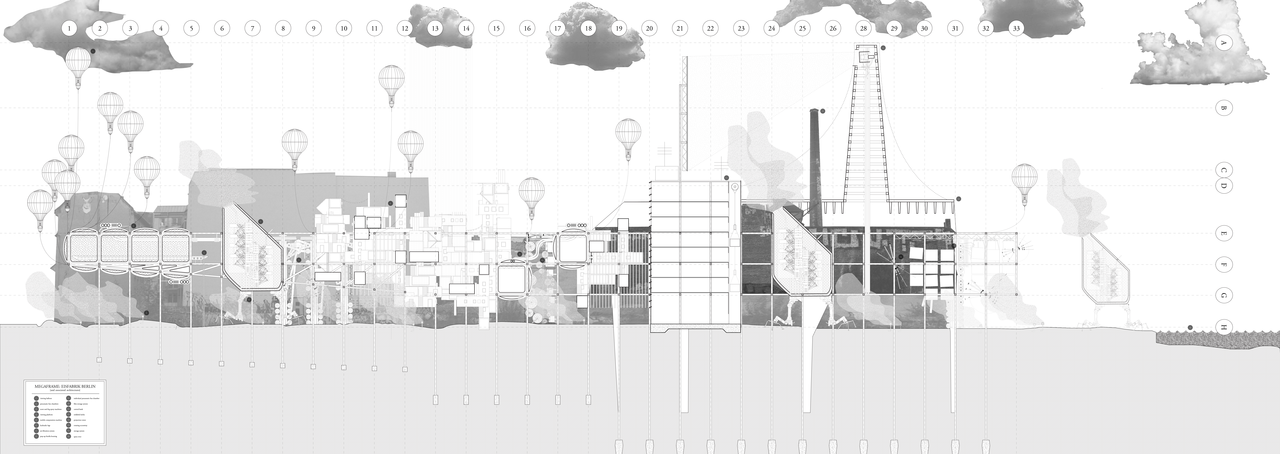Functional elements are the most beautiful ornaments.
A facade clad with tubes, ladders, wire, reinforcements, chimneys, platforms, rails, antennas so dense that you don't know if it is a facade or if it just a continuos complexity, is a thrilling one. The most fantastic thing about such a design (looking at an old steel plant) is that it is
not designed. It is just a pragmatic response to a need, optimized for a certain condition.
When these functions can take advantage of one another and be strengthened form their co-relation, the architecture can be regarded as a system, rather that a building.
Information science is a more beautiful word for system analysis and is a cross disciplinary set of science branches reaching from computer science to social science. The way in which we use the same tools to analyze architecture, computers and social life triggers new possibilities in approaching a conceptual "design"-phase
Architecture should dare to be more naked. I would even dare to encourage exaggerating programmatic functions. Making the system evident and intriguing.
I'm not saying this project (below) is based on information science but it's quite a beautiful project and a successful restoration of a steel plant. Treating the remains humbly and respectfully embedding it in new subordinate structures.
Horno3 in Monterrey, Mexico by Grimshaw Architects.




























































